Waste To Energy
Origin of Plasma
- Plasma is the fourth state of the matter.
- Discovered by British physicist Sir William Crookes in 1879.
- Heating a gas at very high temperature leads to ionization of atoms and turns it into plasma.
- Natural plasma can be seen in lightning, sun stars, comets, etc.
- Firstly used by metal industry in 1800 in metallurgical, mechanical operations and in 1900 by chemical industry made acetylene from natural gas.
- Plasma technology used by NASA in 1960 and become popular.
What is Plasma?

Wastes handled by Plasma
Without sorting, this process handles all kinds of waste, including hazardous waste
- Appliances
- Styrofoam
- Plants
- Chemicals & Industrial Waste
- Oily Water & Contaminated Soil
- Auto Shredder Residue
- Medical Waste
- Tires
- All Plastics
- Oil Waste
- Landfill Waste
- Industrial Sludge
- Old Furniture
- Coal Fines
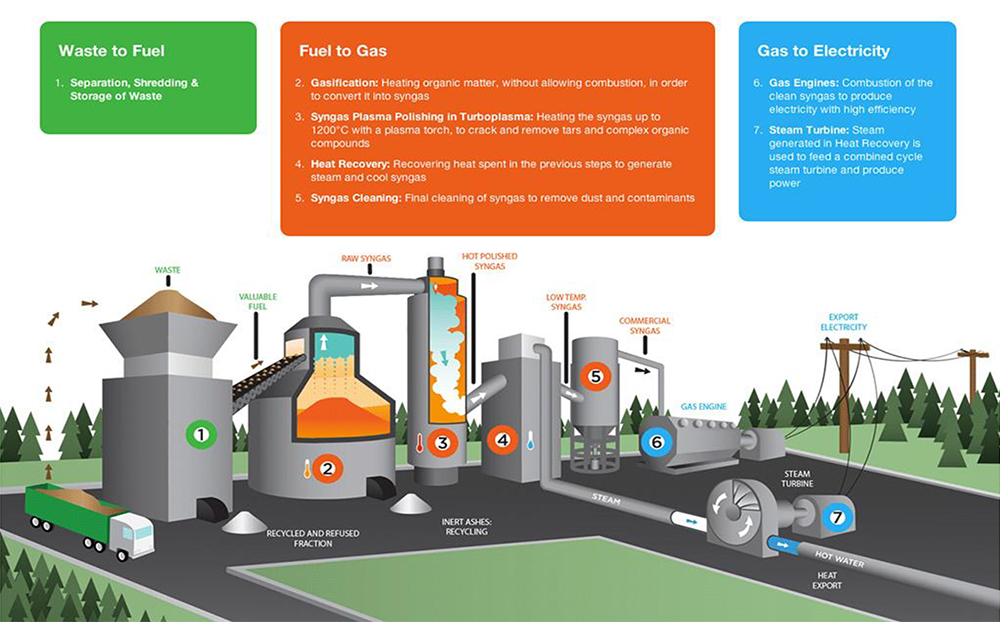
Trial with Hazardous Waste
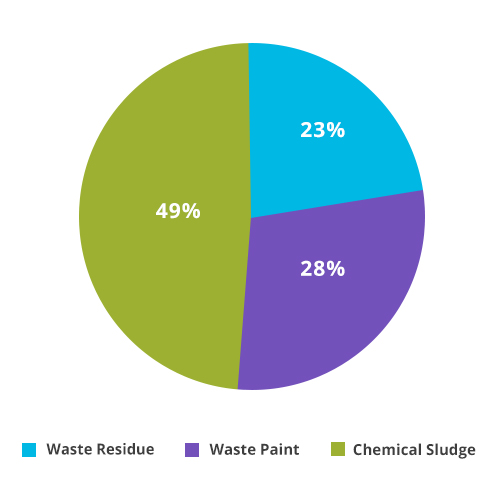
| Parameters | Results |
|---|---|
| Feed rate | 1 TPD (42 kgs/hr) |
| Mode | Continuous |
| Input power/hr | 10 KW |
| Out put power/hr | 52 KW |
| Net power output/hr | 42 KW |
| Syngas produced | 51 m3/hr |
| Slag produced | 100 kgs |
Power output = 1MW/ton
Trial with Biomedical Waste
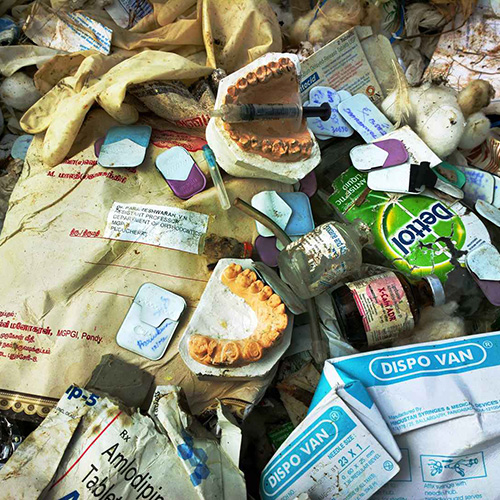
| Parameters | Results |
|---|---|
| Feed rate | 1 TPD (42 kgs/hr) |
| Mode | Continuous |
| Input power/hr | 20 KW |
| Out put power/hr | 80 KW |
| Net power output/hr | 68 KW |
| Syngas produced | 87 m3/hr |
| Slag produced | 80 kgs |
Power output = 1.6MW/ton
Trial with Oil Sludge

| Parameters | Results |
|---|---|
| Feed rate | 1 TPD (42 kgs/hr) |
| Mode | Continuous |
| Input power/hr | 32 KW |
| Out put power/hr | 125 KW |
| Net power output/hr | 93 KW |
| Syngas produced | 126 m3/hr |
| Slag produced | 63 kgs |
Power output = 2.2MW/ton
Trail with Tires

| Parameters | Results |
|---|---|
| Feed rate | 1 TPD (42 kgs/hr) |
| Mode | Continuous |
| Input power/hr | 20 KW |
| Out put power/hr | 98 KW |
| Net power output/hr | 78 KW |
| Syngas produced | 97 m3/hr |
| Slag produced | 120 kgs |
Power output = 1.8MW/ton
Trail with Plastics

| Parameters | Results |
|---|---|
| Feed rate | 1 TPD (42 kgs/hr) |
| Mode | Continuous |
| Input power/hr | 30 KW |
| Out put power/hr | 120 KW |
| Net power output/hr | 90 KW |
| Syngas produced | 118 m3/hr |
| Slag produced | 60 kgs |
Power output = 2.1MW/ton
Trail with MSW (20% moisture)
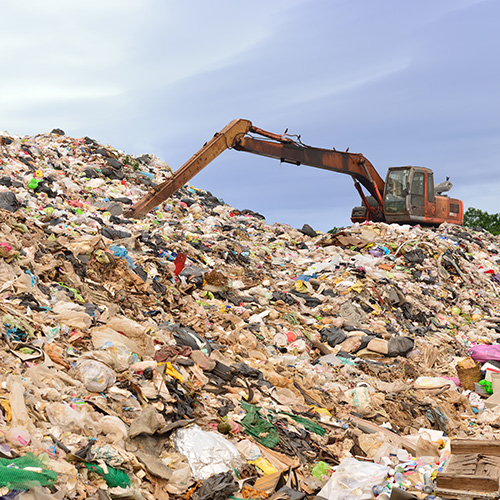
| Parameters | Results |
|---|---|
| Feed rate | 1 TPD (42 kgs/hr) |
| Mode | Continuous |
| Input power/hr | 35 KW |
| Out put power/hr | 66 KW |
| Net power output/hr | 31 KW |
| Syngas produced | 65 m3/hr |
| Slag produced | 130 kgs |
Power output = 0.7MW/ton – 0.6MW/ton
Vitrification of Flyash
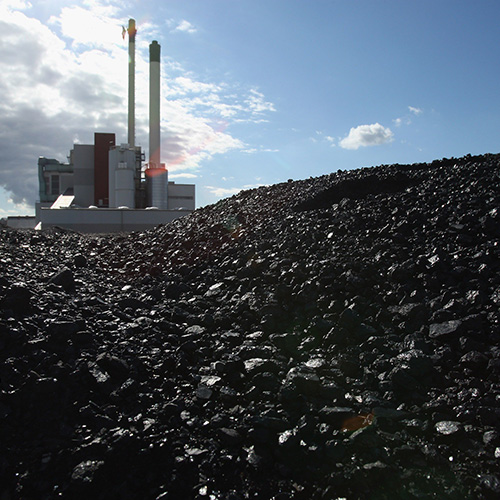
| Parameters | TCLD Results | ||
|---|---|---|---|
| Feed rate | 1 TPD (42 kgs/hr) | ||
| Mode | Continuous | ||
| Heavy metals in ppm | Flyash | Slag | Limit |
| Cd | 143 | 0.021 | 0.3 |
| Cu | 3640 | 0.332 | 3 |
| Zn | 2869 | 0.431 | – |
| As | 0.334 | 0.032 | 1.5 |
| Se | 1.33 | 0.022 | – |
| Pb | 11.19 | 1.198 | 3.0 |
| Cr | 1.17 | 0.004 | 1.5 |
| Density, kg/m3 | 320 | 2770 | |
| Feed/slag output in kgs | 1000 | 600 | |
Plasma power = 1000Kwh/ton
Volume reduction : 11:1
Zero Waste Scenario
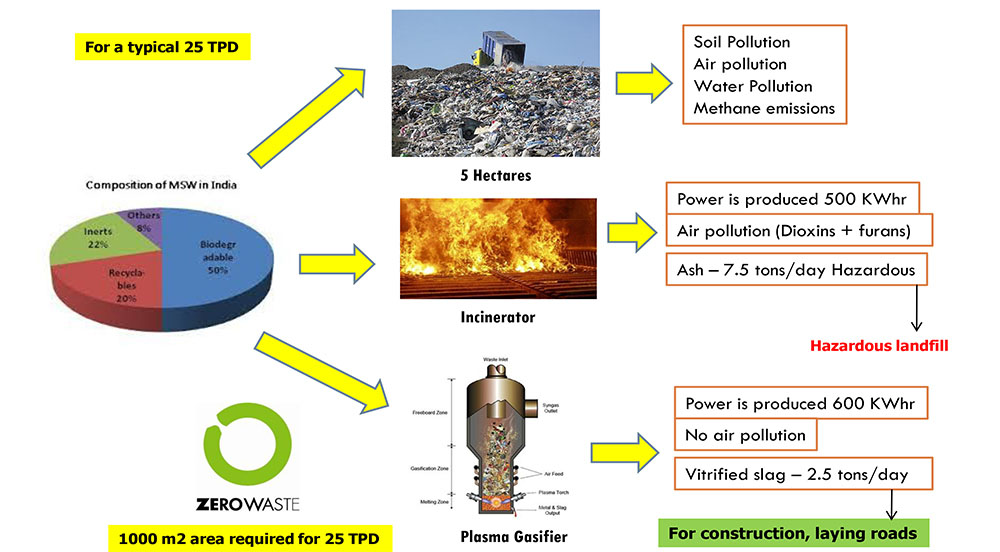
Typical Process Flow Diagram
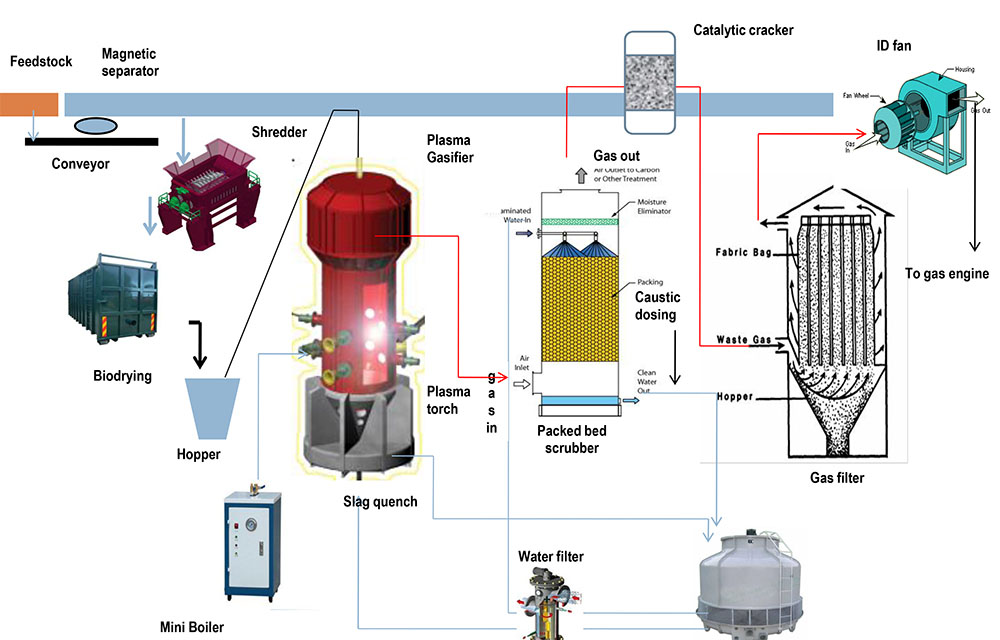
Typical Composition of Syngas
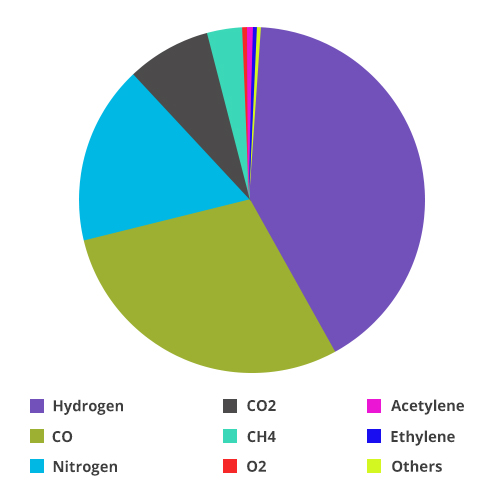
Emissions
| Parameters | Units | USEPA standards | EPA standards | Plasma emissions |
|---|---|---|---|---|
| Nox | ppmvd | 150 | 250 | 35 – 40 |
| PM | mg/dscm | 20 – 24 | 34 | <5 |
| SO2 | ppmvd | 30 | 55 | <2 |
| HCl | ppmvd | 25 | 15 | <10 |
| CO | ppmvd | 100 | 40 | <20 |
| Hg | Micro g/dscm |
50 – 80 | 55 | <2 |
| PCDD/PCDF | Nano g/dscm |
13 – 30 | 25 | 0 |
Advantages
- Gasification Technology performing at atmospheric pressure, elevated temperature and high plant availability.
- Capable of utilizing integrated mixed waste and/or Coal Fines/Waste as feed
- Compact and Modular
- Non-polluting and environmentally safe
- High recovery of Clean Renewable Energy as electricity.
- Economically competitive
- Proven technology
Technology Highlights
- Its the destruction of waste not the incineration as it happens in absence of air or oxygen.
- Production of Furons and Dioxins are very negligible compared to incineration.
- Plasma Gasification destructs waste at 4000 – 5000deg.
- No segregation of waste is required.
- No smell is produced.
- Bi-products are gases which can be used to produce power and inert material, which can be used for various purposes like landfill, construction or raw material to verified companies.
- This can be done at ward level, the area required is around 1000 m2.
- Meets the US EPA guidelines, so its an state of art technology.

